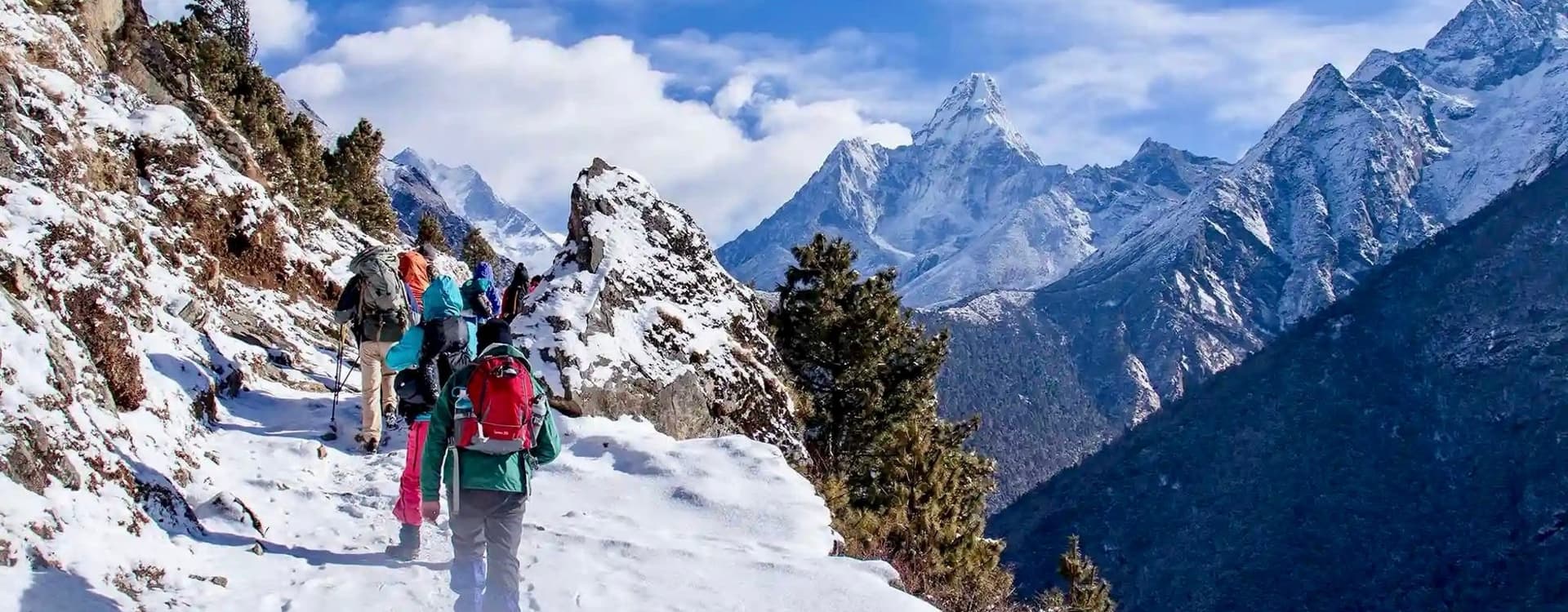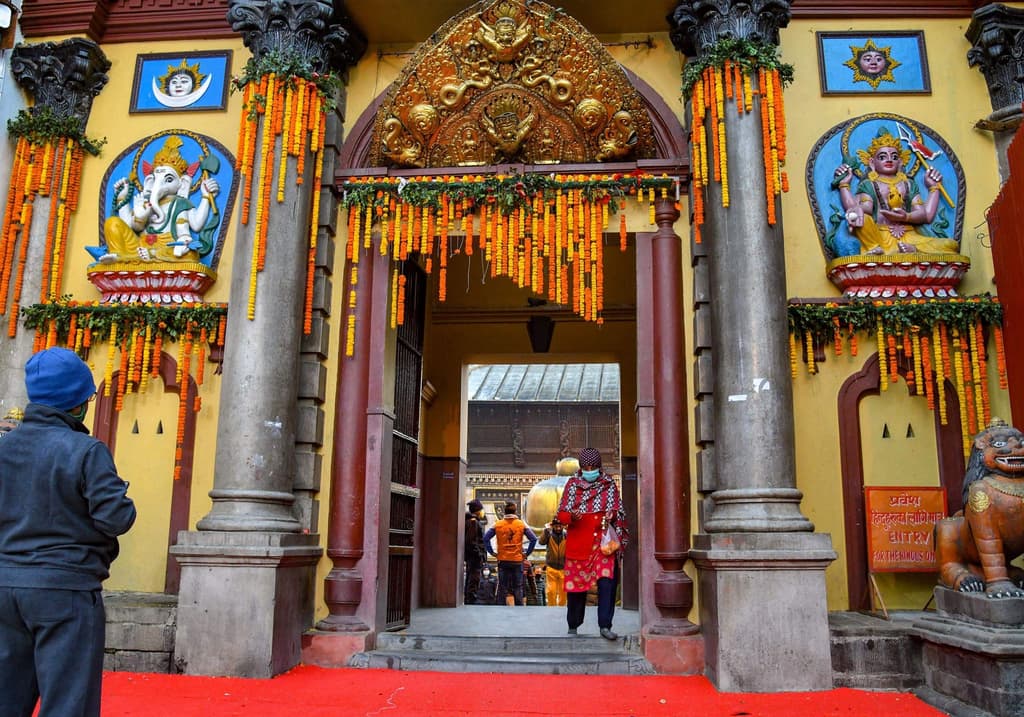Standing at the foot of the world's highest peak isn't just a journey—it's a life-changing adventure that calls to travelers from every corner of the globe. As the sun rises over the Himalayan giants, painting the snow-capped peaks in hues of gold and pink, you realize why the Everest Base Camp trek has become the ultimate bucket list experience for adventurers worldwide.
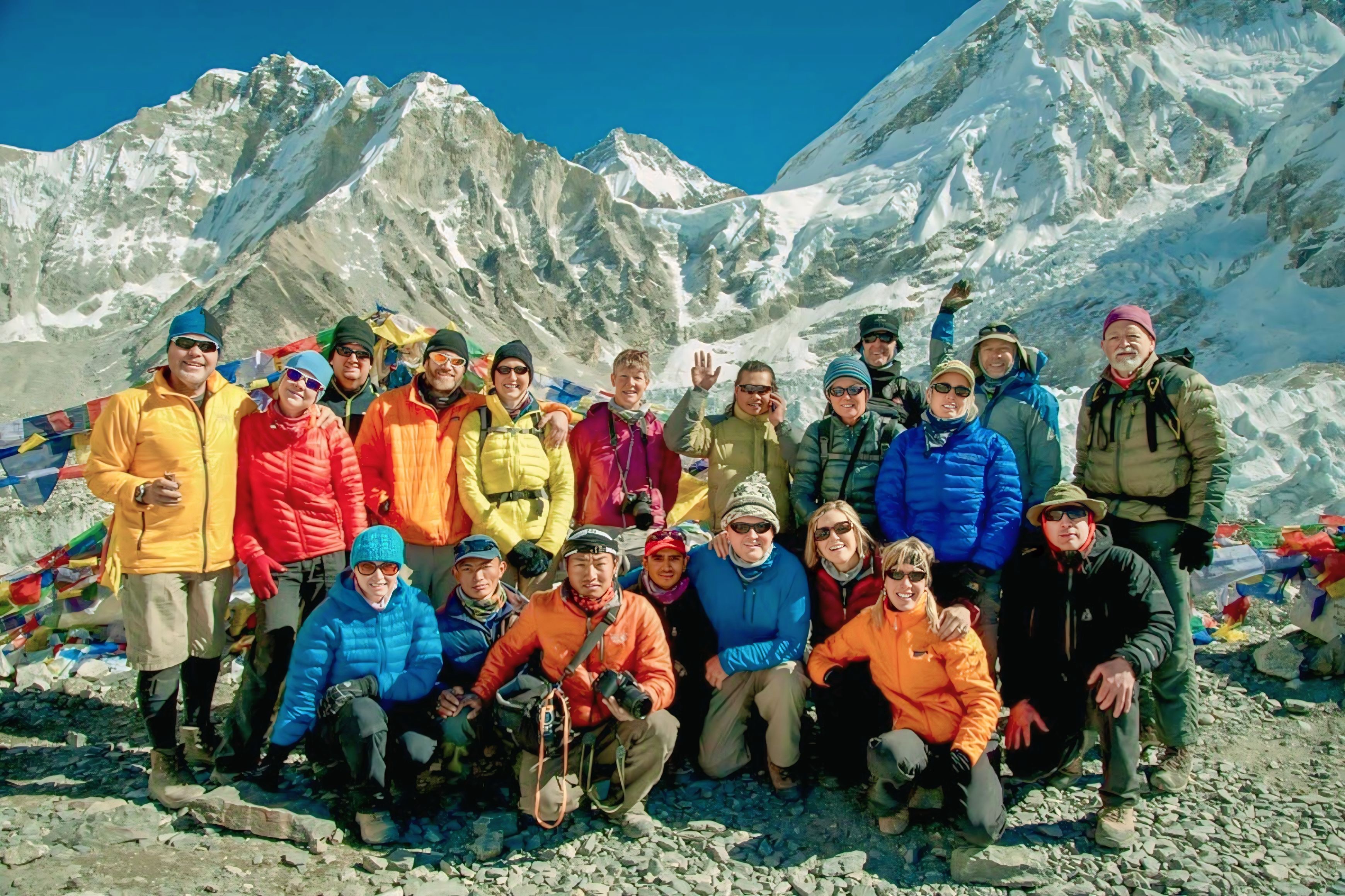
Have you ever dreamed of walking in the footsteps of legendary mountaineers like Sir Edmund Hillary and Tenzing Norgay? At Luxury Holidays Nepal, we've crafted the perfect blend of adventure and comfort to make your Everest dreams a reality. Our comprehensive guide takes you beyond the ordinary trekking experience, combining breathtaking natural beauty with authentic cultural immersion and thoughtful luxury touches. Whether you're capturing that perfect sunrise photo at Kala Patthar or sharing stories with Sherpa families in traditional teahouses, we ensure every moment of your journey is both memorable and meaningful.
In this complete guide, we'll walk you through everything you need to know—from essential preparations and detailed itineraries to health considerations and cultural etiquette. We'll reveal the luxury elements that set our treks apart and share insider tips for capturing unforgettable photographs of your Himalayan adventure. Get ready to embark on the journey of a lifetime as we unveil the wonders of the Everest region, one magnificent step at a time.
Understanding Everest Base Camp: An Overview of the World's Most Famous Trek
The Allure of Everest Base Camp: Why It Attracts Thousands Annually
Everest Base Camp (EBC) trek has established itself as the most popular trek in Nepal, drawing thousands of adventurers every year. We've seen firsthand how this iconic journey captivates travelers seeking to experience the majesty of the world's highest mountain up close. The trek's allure lies in its perfect blend of natural beauty, cultural richness, and the personal achievement of reaching the base of Mount Everest at 5,364 meters. As we guide trekkers through the stunning landscapes of Sagarmatha National Park, we witness their awe at the panoramic Himalayan views that simply cannot be experienced anywhere else in the world.
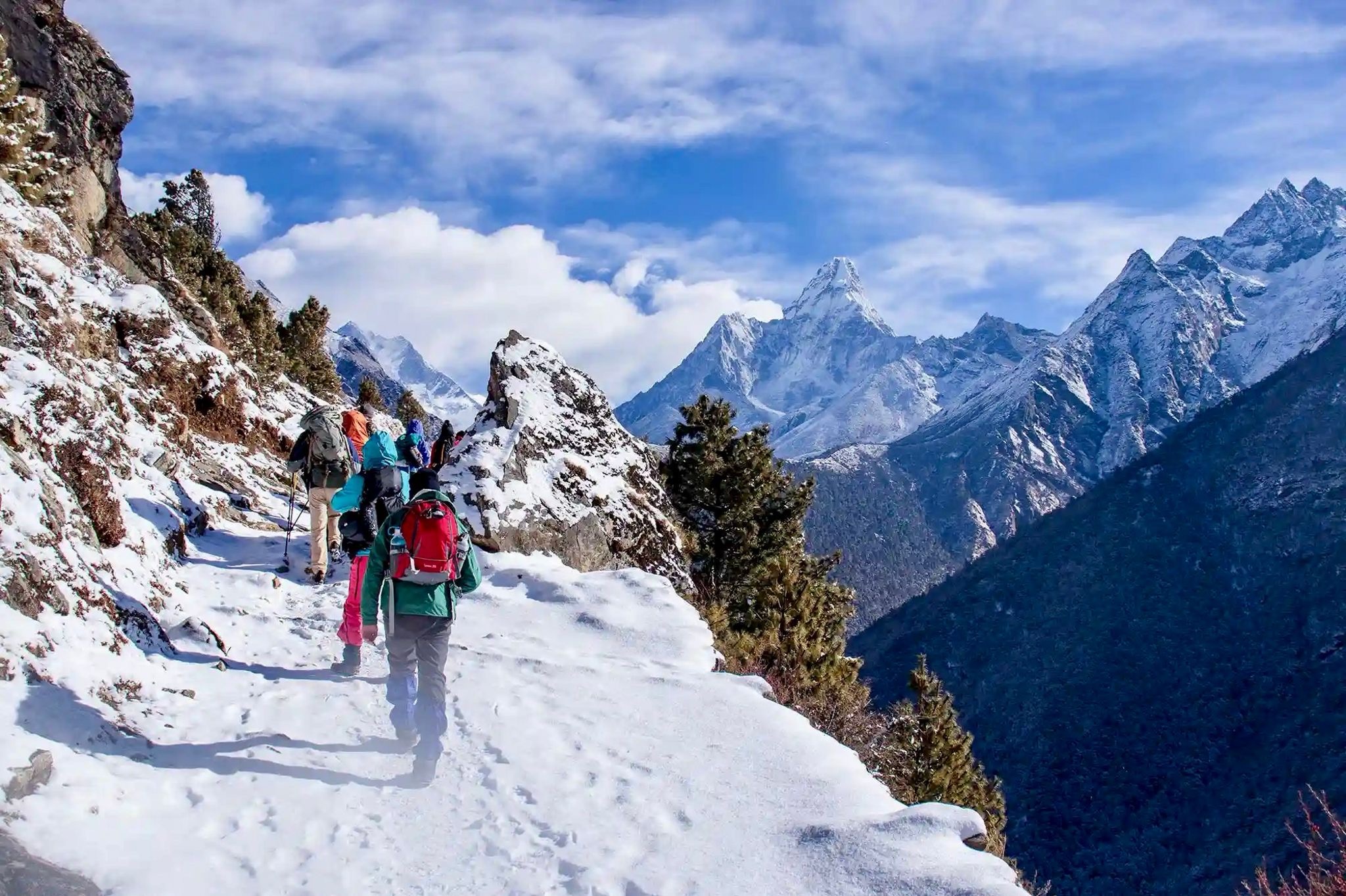
Location and Altitude: What Makes This Trek Challenging Yet Achievable
The EBC trek is situated in the magnificent Khumbu region of Nepal, beginning with an exhilarating flight from Kathmandu to Lukla. What makes this trek both challenging and achievable is its gradual ascent profile, allowing trekkers to acclimatize properly. The trek reaches an impressive altitude of 5,364 meters at Everest Base Camp itself, with many trekkers also conquering Kala Patthar at 5,554 meters for the ultimate Everest views. Despite these significant elevations, we've found that the trek requires no technical climbing skills, making it accessible to anyone with basic fitness levels and determination.
Best Seasons for Trekking: Choosing Your Ideal Time to Visit
Through our years of experience guiding trekkers, we've identified optimal seasons for experiencing the EBC trek. The pre-monsoon (spring) and post-monsoon (autumn) periods offer the most stable weather conditions and clear mountain views. During these times, temperatures are moderate, and the skies are typically clear, providing spectacular visibility of the Himalayan range. We carefully plan our treks during these windows to ensure our clients enjoy the safest and most rewarding experience possible.
Luxury Holidays Nepal's Unique Approach: How We Elevate Your EBC Experience
At Luxury Holidays Nepal, we take pride in transforming the traditional EBC trek into an elevated experience that balances adventure with comfort. Unlike basic independent treks that might cost $500-$800, our carefully curated experiences incorporate premium accommodations where available, featuring twin rooms with attached bathrooms priced between 1000 to 1500 NPR per night. We ensure that your daily meals average around 3150 NPR, providing nutritious and satisfying options beyond the standard fare. Our professional guides receive proper compensation and training, ensuring they can share deep insights about the region's culture, geography, and history. We also offer alternative route options such as the stunning Gokyo Lakes trek for those seeking less crowded paths with equally magnificent landscapes.
With this comprehensive understanding of what makes the Everest Base Camp trek so special, we'll now turn our attention to the essential preparations you'll need to make before embarking on this life-changing adventure. In the next section, "Essential Preparation for Your Everest Base Camp Adventure," we'll detail everything from physical conditioning to packing essentials that will ensure your journey with us is as seamless and enjoyable as possible.
Essential Preparation for Your Everest Base Camp Adventure
Now that we've explored the magnificent journey that is the Everest Base Camp Trek, it's time to focus on how to prepare for this challenging adventure. As we've seen in our overview, this trek spans approximately 130 kilometers over 12-16 days with daily hikes of 5-7 hours on demanding terrain, culminating at elevations where oxygen levels are significantly reduced.
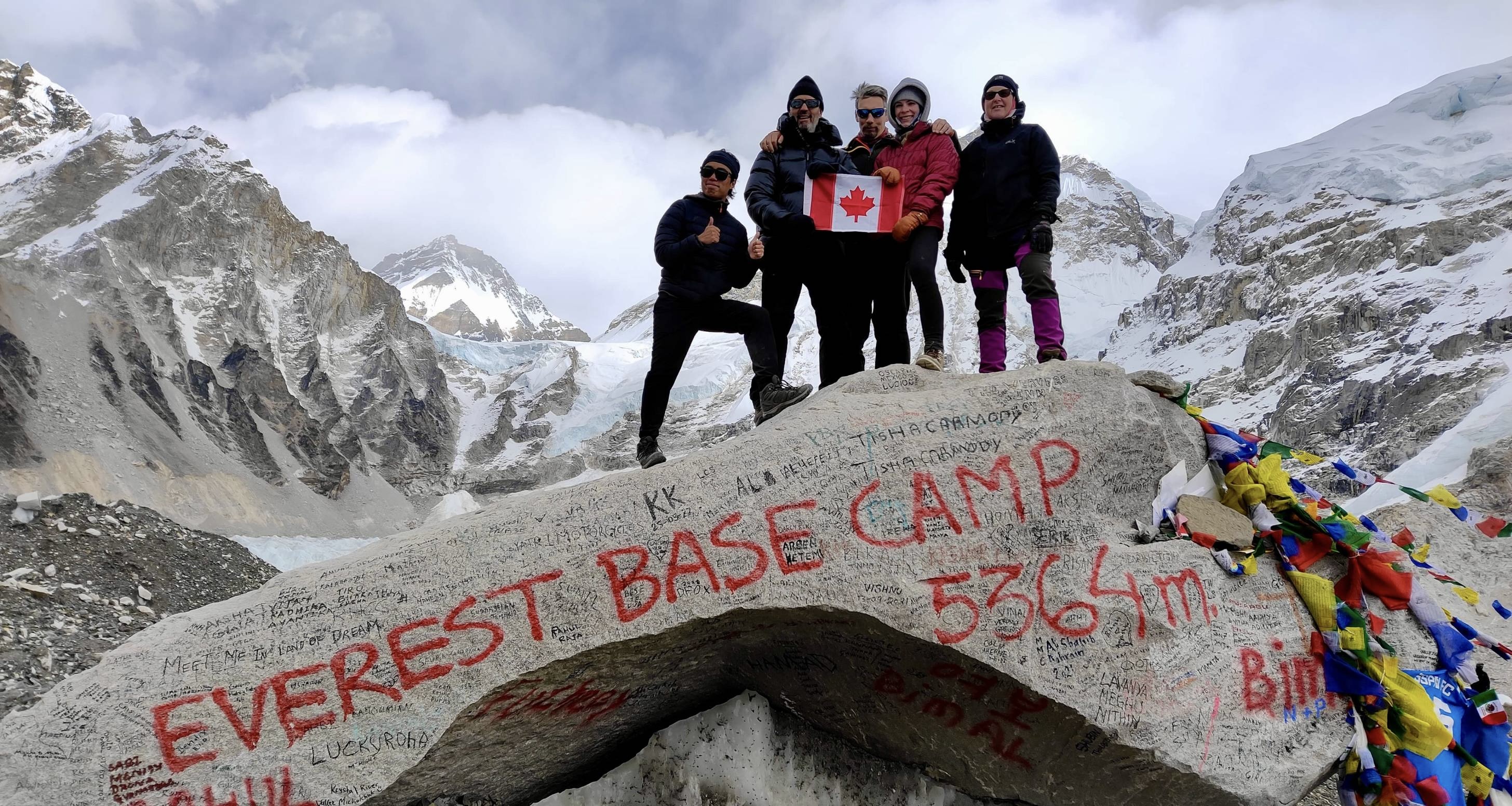
Physical Fitness Requirements: Training Tips for a Successful Trek
The physical demands of the Everest Base Camp Trek require dedicated preparation. We recommend focusing on:
- Cardiovascular Endurance: Regular cardio exercises like hiking, running, or cycling to build stamina for those 5-7 hour daily treks
- Leg Strength: Squats, lunges, and step exercises to prepare for the countless rocky steps and steep inclines
- Core Stability: Planks and similar exercises to support your posture while carrying a pack on uneven terrain
- Practice Hikes: Regular walks with a weighted backpack on varied terrain to simulate trekking conditions
- Gradual Training Progression: Developing a personalized training plan that increases in intensity as your departure date approaches
We've found that starting this training regimen at least 3-4 months before your trek significantly improves your comfort and enjoyment on the trail.
Acclimatization Strategies: Preventing Altitude Sickness
With the trek reaching heights of 5,545 meters at Kala Patthar and 5,364 meters at Base Camp, proper acclimatization is non-negotiable. Our key recommendations include:
- Staged Ascent: Planning a minimum of three nights in Namche Bazaar (3,440m) for proper adaptation to low oxygen levels
- Gradual Climbing: Following the "climb high, sleep low" principle to help your body adjust
- Hydration: Maintaining adequate fluid intake throughout the trek
- Breathing Techniques: Learning and practicing effective high-altitude breathing methods
- Symptom Awareness: Recognizing early signs of Acute Mountain Sickness (AMS) and knowing when to descend
These strategies have proven crucial for our clients' safety and significantly enhance success rates on the trek.
Packing Essentials: The Ultimate Checklist for Comfort and Safety
Proper gear can make or break your Everest Base Camp experience. Our essential packing list includes:
- Footwear: Sturdy, waterproof hiking boots, broken in before the trek
- Layered Clothing:
Base layers (moisture-wicking)
Mid layers (insulating)
Outer layers (waterproof and windproof)
Warm hat, gloves, and neck protection - Backpack: A comfortable daypack (30-40L) for daily essentials
- Trekking Gear: Poles for stability and reducing stress on knees
- Personal First Aid Kit: Including blister treatment, pain relievers, and personal medications
- Sleeping Gear: Warm sleeping bag rated for freezing temperatures
- Water Purification: Water bottles and purification tablets or filters
- Sun Protection: High SPF sunscreen, lip balm, sunglasses, and a wide-brimmed hat
We recommend testing all gear before departure to ensure comfort and functionality.
Required Documentation and Permits: Navigating the Paperwork
Before embarking on the trek, several documents must be secured:
- Trekking Permits: Including the Sagarmatha National Park Entry Permit and the Khumbu Pasang Lhamu Rural Municipality Permit
- TIMS Card: Trekkers' Information Management System card
- Passport: Valid for at least six months beyond your trek dates
- Visa: Nepal tourist visa, which can be obtained on arrival or in advance
We assist our clients with all permit arrangements to ensure a smooth process and compliance with local regulations.
Travel Insurance: What Coverage You Need for High-Altitude Trekking
Standard travel insurance rarely covers high-altitude activities, making specialized coverage essential:
- Evacuation Coverage: Helicopter evacuation from remote areas up to 6,000 meters
- Medical Coverage: Comprehensive coverage for altitude-related illnesses and injuries
- Trip Cancellation: Protection for unexpected changes to your plans
- Equipment Coverage: For loss or damage to expensive trekking gear
We always verify our clients' insurance details before departure to ensure adequate protection throughout the journey.
With these essential preparations in place, you'll be well-equipped to tackle the challenges of the Everest Base Camp Trek. In our next section, we'll break down the complete Everest Base Camp itinerary, day by day, so you'll know exactly what to expect as you make your way through the breathtaking Khumbu region.
The Complete Everest Base Camp Itinerary
Now that we've covered the essential preparation for your Everest Base Camp adventure, it's time to dive into the day-by-day journey that awaits you. Our meticulously planned 15-day itinerary balances adventure with comfort, ensuring you experience the majesty of Everest while enjoying luxury accommodations along the way.
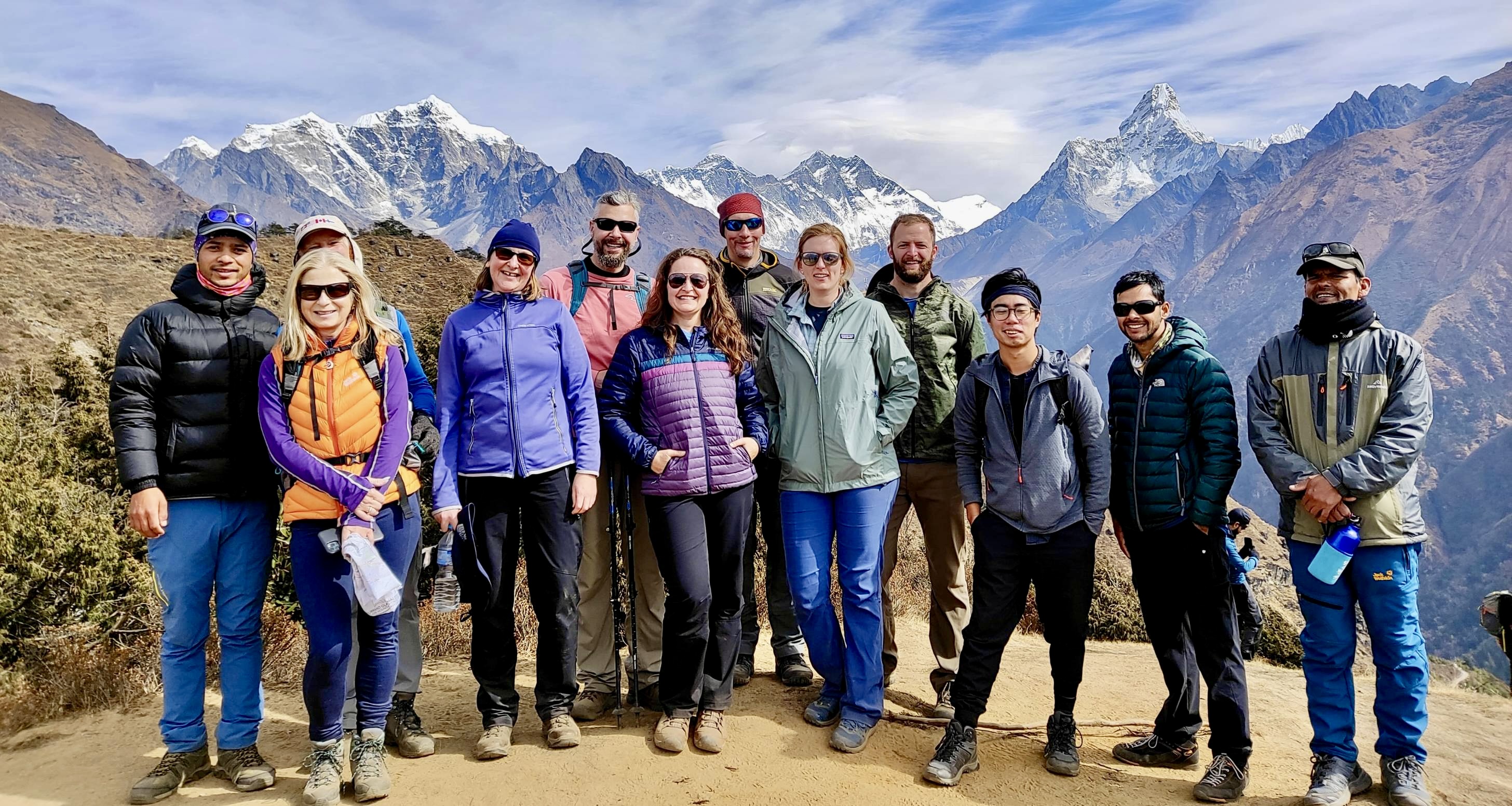
Day-by-Day Breakdown: What to Expect on Your Journey
Our journey begins in Kathmandu, where you'll stay at the prestigious Marriott Hotel before taking a direct helicopter flight to Lukla. This eliminates the need for a lengthy drive, starting your adventure on a luxurious note. Each day of trekking averages 6-7 hours, with afternoons dedicated to relaxation and exploration.

The itinerary includes strategic acclimatization days in Namche Bazaar and Dingboche, allowing your body to adjust safely to the increasing altitude. These rest days are crucial for preventing altitude sickness while giving you time to immerse yourself in the local culture.
As we ascend, you'll notice the dramatic changes in landscape, from lush forests filled with vibrant rhododendrons to the stark, beautiful terrain of the higher elevations. Our experienced guides will set a comfortable pace, ensuring everyone can enjoy the journey without feeling rushed.
Key Landmarks and Attractions Along the Route
Our trek through Sagarmatha National Park offers stunning biodiversity and breathtaking mountain panoramas at every turn. The journey culminates with the ascent to Everest Base Camp at 5,364 meters, followed by a climb to Kalapathar at 5,545 meters, where you'll experience spectacular 360-degree views of iconic peaks including Lhotse, Nuptse, and Pumori.
Along the way, we'll visit ancient monasteries that offer insights into the rich spiritual traditions of the region. Each landmark provides perfect opportunities for photography and reflection, creating memories that will last a lifetime.
Accommodation Options: From Teahouses to Luxury Lodges
We've selected the finest accommodations available on the route, including luxury lodges and premium tea houses. Unlike standard treks, our luxury experience features heated lodges and gourmet meals throughout the journey.
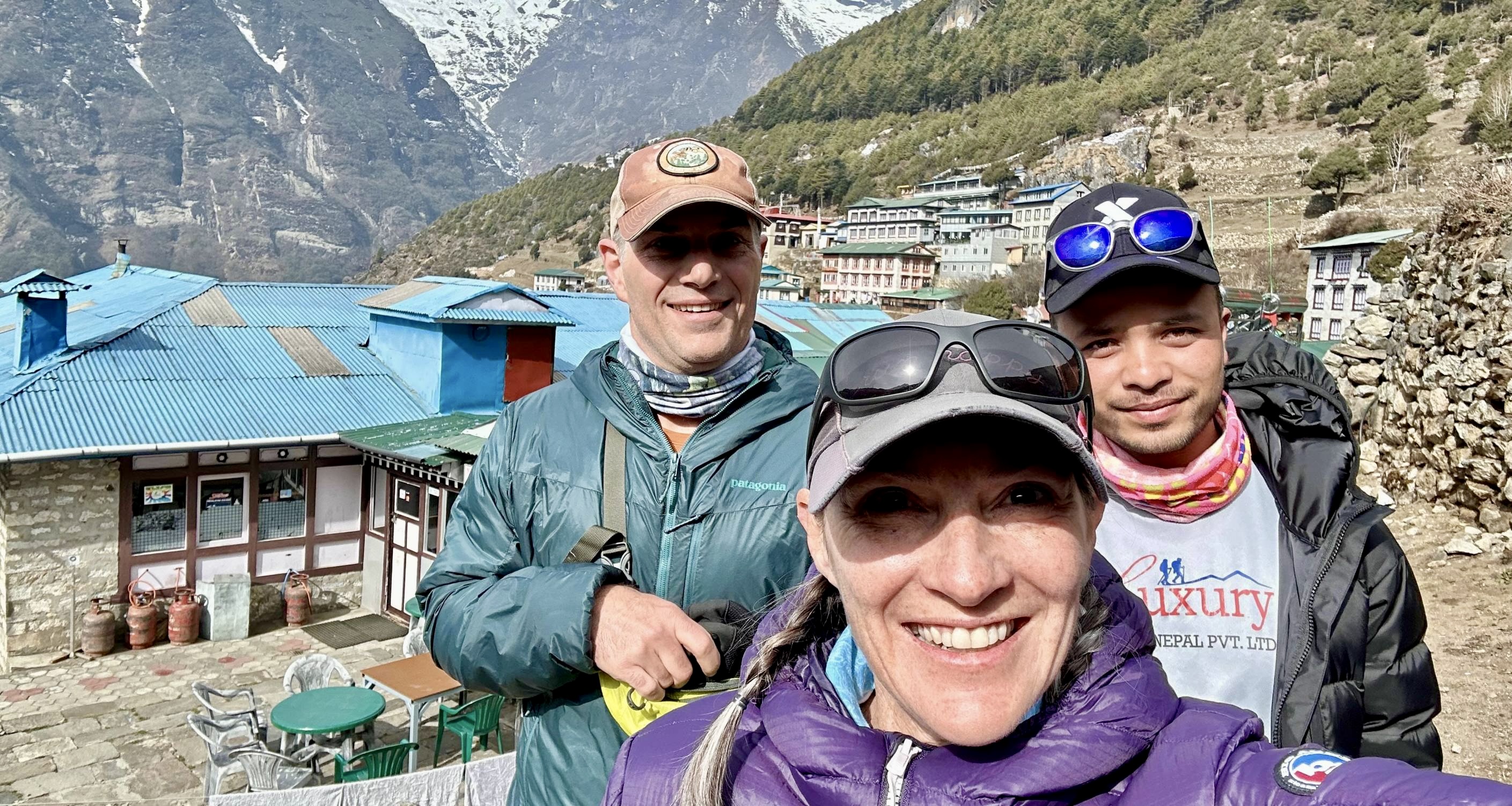
The high staff-to-client ratio ensures personalized service at each location. You'll be amazed at the comfort available even at high altitudes, allowing you to rest and recover properly each evening.
Rest and Acclimatization Days: Making the Most of Your Downtime
The acclimatization days built into our itinerary are not merely for resting but offer opportunities for short hikes to higher elevations, followed by a descent for sleeping. This "climb high, sleep low" strategy helps your body adjust to the altitude while giving you chances to explore the surroundings.
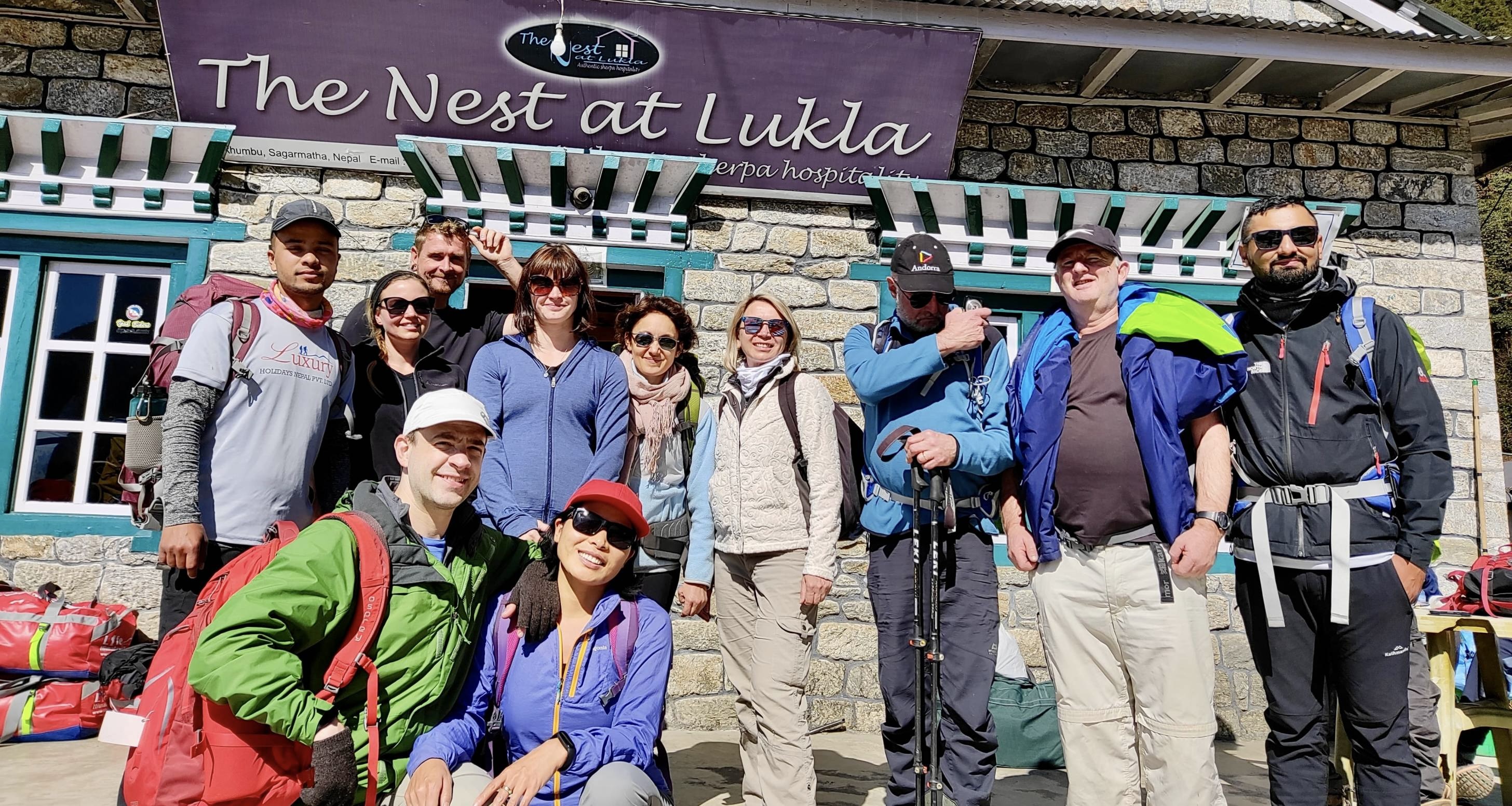
During these days, you can engage with local Sherpa communities, experience their renowned hospitality, or simply relax and enjoy the magnificent mountain views. Our guides will suggest activities based on the location and weather conditions, ensuring you make the most of every moment.
With this comprehensive itinerary complete, we'll now turn our attention to navigating the cultural experience that makes the Everest region truly special. The traditions and customs of the Sherpa people add another dimension to this already remarkable journey.
Navigating the Cultural Experience
Now that we've walked you through the detailed Everest Base Camp itinerary, it's time to delve into one of the most enriching aspects of the trek – the cultural experience that awaits you along the trail. The Everest region isn't just about breathtaking landscapes; it's a living heritage of Sherpa culture that has thrived in this harsh mountain environment for centuries.
Sherpa Culture and Traditions: Respectful Engagement with Local Communities
The Sherpa people, native to the mountainous regions of Nepal, have a rich cultural heritage that dates back to the 13th and 14th centuries when their ancestors migrated from Tibet into the Khumbu region. With a population of approximately 290,637 in Nepal, they've established a significant presence in the Himalayas.
During your trek, we'll guide you through ancient Sherpa towns where you'll witness traditional customs firsthand. The Sherpas practice Buddhism, particularly following the Nyingma school of Tibetan Buddhism, which emphasizes mysticism and reverence for local deities. You'll notice this spiritual connection in their daily lives and interactions with the environment.
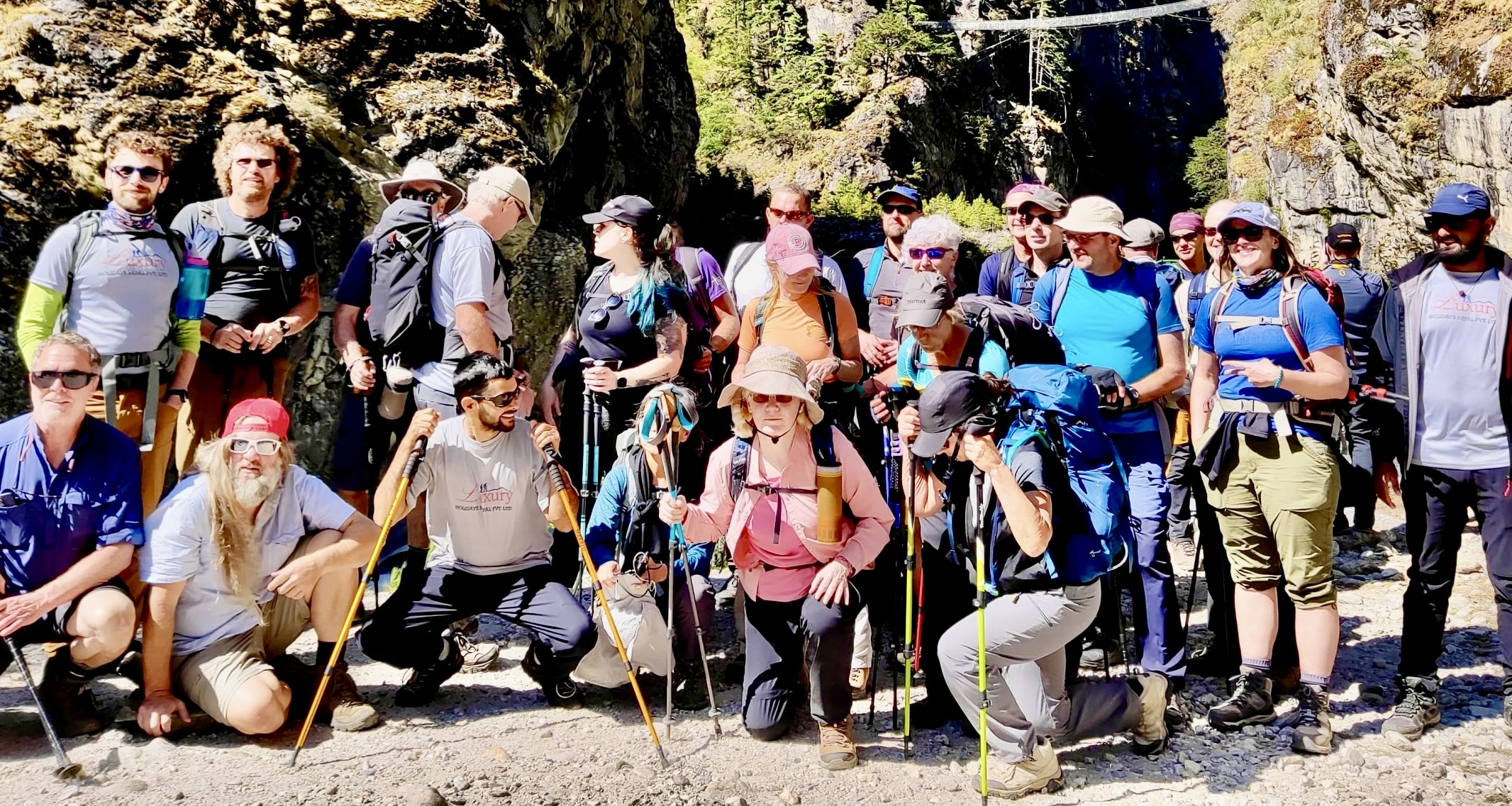
We encourage respectful engagement with local communities. The Sherpas have garnered international recognition for their mountaineering skills, often serving as guides for Everest expeditions. However, this fame comes with significant risks, as tragically highlighted by the 2014 Everest avalanche that resulted in the deaths of 16 Sherpas. Understanding their challenges and contributions helps foster mutual respect during your journey.
Monasteries and Religious Sites Along the Trek
Our trek takes you through a landscape dotted with cultural and religious significance. The renowned Tengboche Monastery stands as a spiritual centerpiece of the region, offering both cultural insights and spectacular views. You'll encounter vibrant prayer flags fluttering in the mountain breeze and mani walls (stone structures inscribed with Buddhist prayers) along the trail.
Within Sagarmatha National Park, a UNESCO World Heritage Site, these religious sites are not merely tourist attractions but active centers of worship and community gathering. We'll take time to visit these monasteries, where you can observe Buddhist rituals and perhaps even participate in meditation sessions that connect you to the spiritual heartbeat of the Himalayas.
Local Cuisine: What to Eat for Energy and Enjoyment
The Everest trek demands substantial physical energy, making proper nutrition essential. Fortunately, local cuisine provides both sustenance and cultural immersion. During your journey, we'll introduce you to traditional Sherpa dishes served in teahouses and lodges along the route.
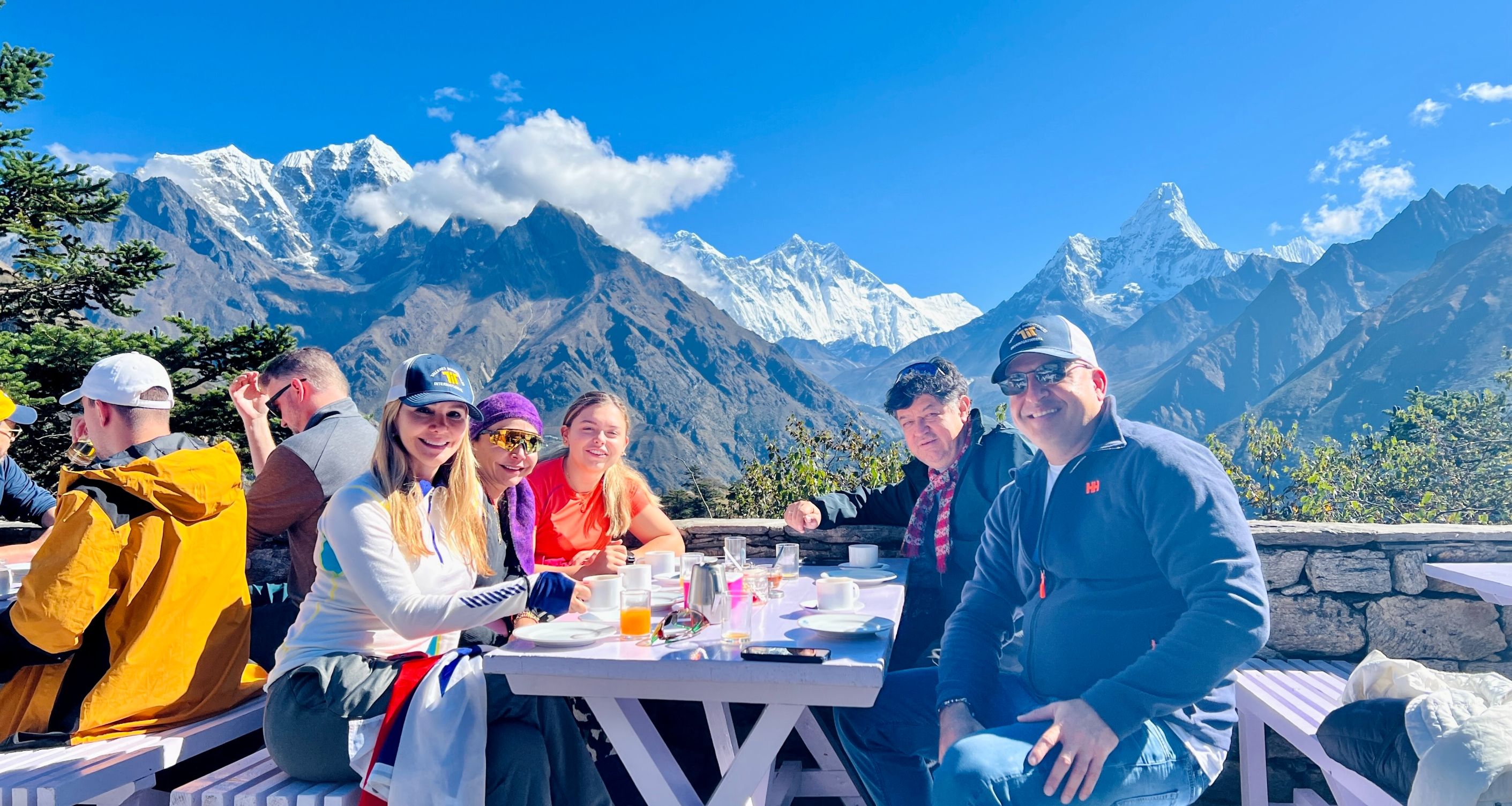
While amenities can be limited due to the remote nature of the region, the simple mountain fare offers a surprising variety. Dal bhat (lentil soup with rice) provides carbohydrates and protein needed for high-altitude trekking, while warming butter tea helps combat the chill. These authentic local foods not only fuel your adventure but also connect you to centuries of mountain culinary traditions.
Supporting Sustainable Tourism: Luxury Holidays Nepal's Ethical Practices
At Luxury Holidays Nepal, we prioritize environmentally friendly practices throughout your journey. We employ local Sherpa guides who share their intimate knowledge of the region while supporting the local economy. Our treks utilize local accommodations, ensuring that tourism benefits the communities you'll visit.
We encourage minimal impact on the environment, following established trails and proper waste management practices. The Sherpa people revere the Himalayas, particularly Mount Everest (Chomolungma), as sacred. By respecting their environmental stewardship, we help preserve both the natural beauty and cultural heritage of the region.
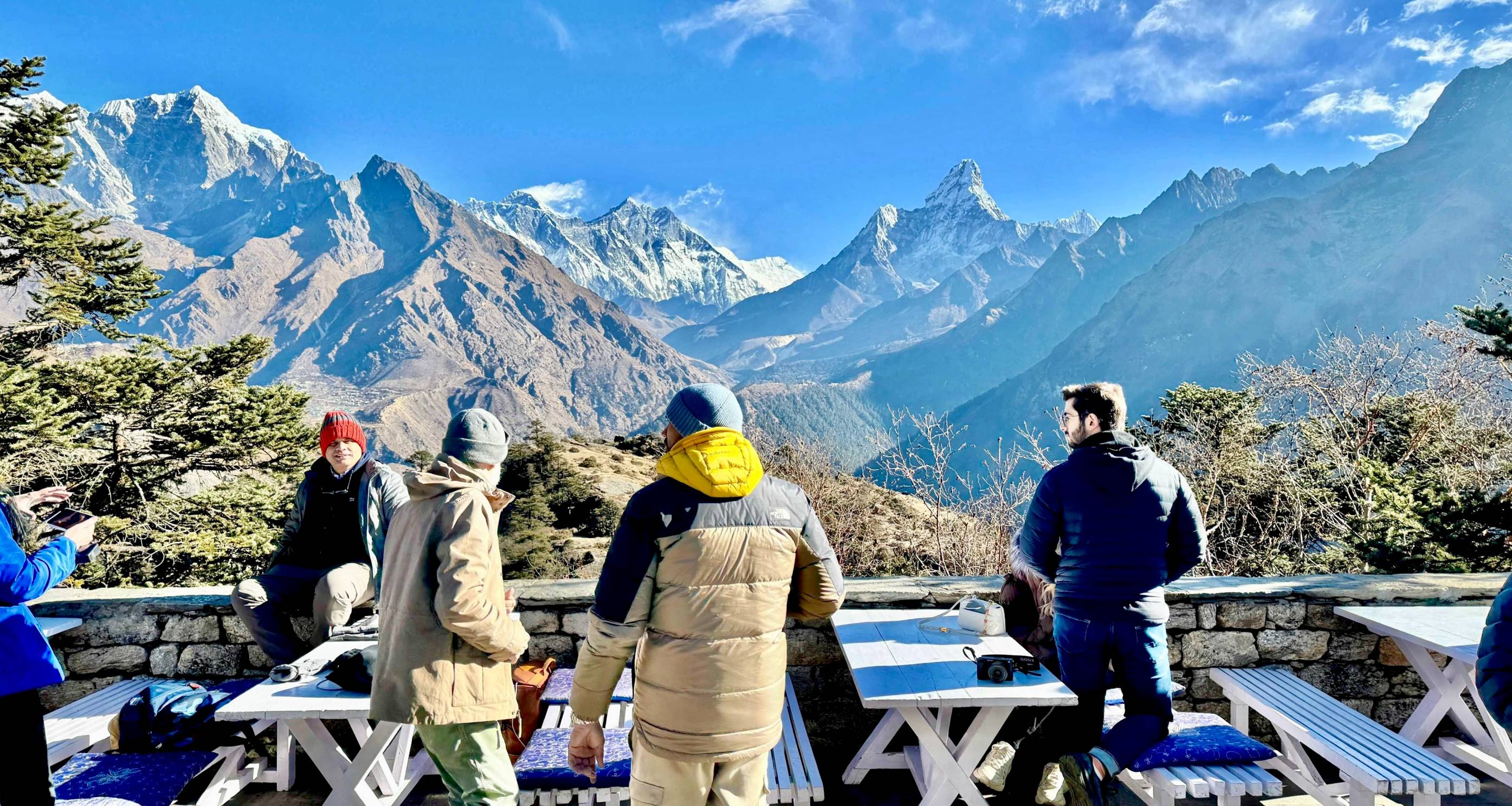
Our commitment extends to fair compensation for our Sherpa guides and porters, addressing the industry issues highlighted after the 2014 tragedy. By choosing our services, you're supporting ethical tourism practices that respect both the people and landscapes of this remarkable region.
With a deeper understanding of the cultural dimensions of your trek, we'll next explore the crucial aspects of health and safety that will ensure your Everest Base Camp adventure remains both enjoyable and secure.
Health and Safety on the Trek
Now that we've explored the rich cultural tapestry you'll encounter along the Everest Base Camp trail, it's essential we turn our attention to perhaps the most critical aspect of your journey – health and safety. While immersing yourself in Sherpa culture provides spiritual enrichment, properly managing your physical well-being ensures you can fully appreciate this once-in-a-lifetime experience.
Altitude Sickness: Recognition, Prevention, and Treatment
Altitude sickness represents the primary health concern on the Everest Base Camp trek, affecting trekkers regardless of physical fitness. This condition typically manifests through:
- Persistent headaches
- Nausea and vomiting
- Difficulty breathing
- Fatigue and weakness
We cannot emphasize enough the importance of proper acclimatization. Our itineraries incorporate strategic rest days specifically designed to allow your body to adjust to decreasing oxygen levels. We recommend:
- Ascending gradually (no more than 300-500 meters per day)
- Following the "climb high, sleep low" principle
- Taking mandatory acclimatization breaks
- Maintaining proper hydration throughout your journey
- Listening to your body and communicating any symptoms immediately
Emergency Protocols and Evacuation Procedures
Despite our best preventive measures, emergencies can occur. In remote areas like the Everest region, helicopter evacuation remains the primary method for addressing serious medical issues. We ensure:
- All our treks include comprehensive travel insurance covering helicopter evacuation
- Our guides are trained in emergency protocols
- We maintain 24/7 support systems during your trek
- Our team constantly monitors weather conditions that might affect the evacuation
- We've established partnerships with local emergency services for rapid response
The rugged terrain and unpredictable natural events like earthquakes and landslides necessitate these robust safety measures. Our guides always prioritize safe trail choices to minimize exposure to these hazards.
Communication Options: Staying Connected in Remote Areas
Communication presents significant challenges in the Everest region. We manage these limitations through:
- Multilingual guides who bridge language barriers
- Satellite communication devices for emergency situations
- Information about locations where cell service is available
- Regular check-ins with our base operations
- Teaching basic Nepali phrases to enhance your interactions with locals
These communication protocols ensure that, despite the remote setting, you're never truly isolated during your journey.
Medical Kit Essentials: Beyond the Basics for High-Altitude Trekking
Our comprehensive medical kits contain essentials for addressing common trek-related issues:
- Medications for altitude sickness
- Treatments for dehydration
- First aid supplies for cuts, sprains, and minor injuries
- Remedies for stomach ailments
- Cold and fever medications
- Personal protective equipment
We recommend supplementing our medical kits with any personal medications and health monitoring devices, particularly if you have pre-existing conditions.
With these health and safety measures firmly established, we're ready to elevate your trekking experience further. In the next section, we'll explore the luxury elements that set our Everest Base Camp adventures apart, demonstrating how we transform this challenging expedition into a comfortable journey without compromising authenticity or adventure.
Luxury Elements of Your Everest Base Camp Experience
Now that we've covered the essential health and safety considerations for your trek, let's explore the luxurious aspects that set our Everest Base Camp experience apart. While trekking through the challenging Himalayan terrain, we believe you deserve exceptional comfort and service to enhance your journey.
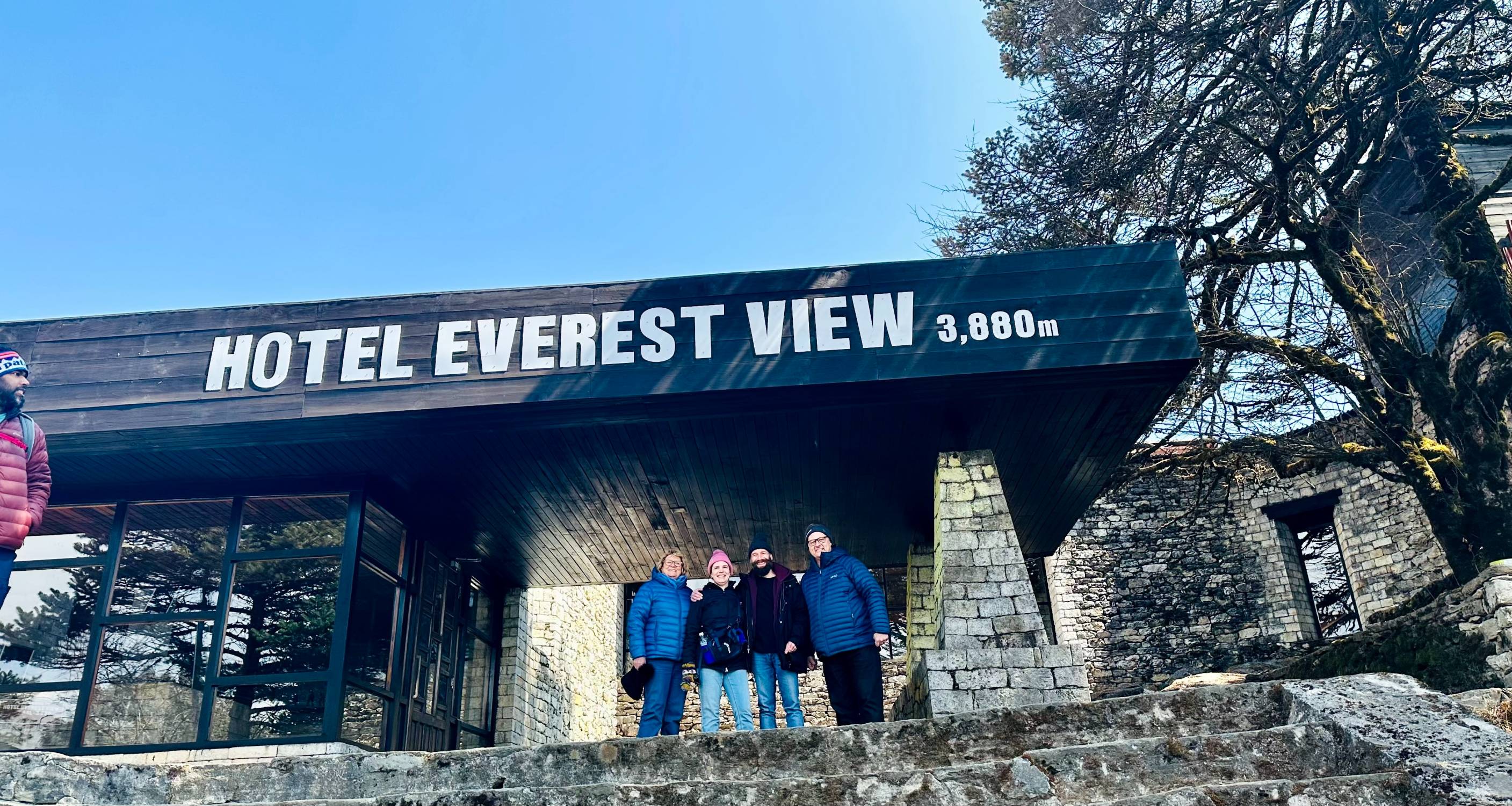
Premium Accommodation Options Available Through Luxury Holidays Nepal
We pride ourselves on offering accommodations that redefine high-altitude trekking comfort. Our carefully selected lodging partners include:
- Mountain Lodges of Nepal Chain: Strategically positioned along the trek route, these lodges feature cozy rooms with en-suite bathrooms, providing a welcome respite after a day of trekking.
- Hotel Everest View: Recognized globally as the highest positioned hotel, it offers luxurious rooms with breathtaking panoramic views, making it an ideal location for acclimatization.
- Everest Summit Lodge: These lodges combine high-quality accommodations with exceptional service, ensuring your comfort throughout the journey.
- Kongde View Resort: Offering premium lodging with stunning vistas and a focus on eco-friendly practices.
- Everest Summit Camp: For those seeking a unique experience, these deluxe tent accommodations provide exclusivity and comfort with a touch of adventure.
Each of our premium accommodations stands in stark contrast to standard teahouses, offering private facilities, enhanced comfort, and trained staff to address any altitude-related concerns.
Gourmet Dining Experiences at Altitude
We understand that exceptional food is essential to maintaining energy and morale during your trek. Our luxury experience includes:
- Carefully prepared gourmet meals highlighting both local and international cuisines
- Dining options that cater to various dietary requirements and preferences
- Emphasis on fresh, high-quality ingredients even at high altitudes
- Professional chefs who create memorable dining experiences in the most remote locations
Private Guides and Personalized Service
Your journey with us includes:
- Certified professional guides with extensive knowledge of the region
- Personalized attention to ensure your specific needs and preferences are met
- Daily health checks and professional support to mitigate altitude sickness risks
- Customized pace and schedule adjustments based on your comfort and abilities
Helicopter Return Options: Minimizing Fatigue and Maximizing Comfort
We offer exclusive helicopter services to enhance your experience:
- Optional helicopter rides back to Kathmandu, reducing the return journey time
- Scenic helicopter tours provide spectacular aerial views of the Himalayan range
- Emergency helicopter evacuation availability for peace of mind
- Flexible scheduling to accommodate weather conditions and personal preferences
Exclusive Cultural Experiences Not Available to Regular Trekkers
Our luxury packages include unique cultural elements:
- Private access to significant monasteries like Tengboche and Pangboche
- Intimate cultural exchanges with local Sherpa communities
- Exclusive traditional ceremonies and cultural performances
- Personalized cultural immersion opportunities that support local economies
Our luxury elements don't just add comfort to your journey—they transform your Everest Base Camp trek into an unforgettable adventure that balances physical challenge with exceptional service and amenities. As we continue your preparation, we'll next explore how to capture and preserve these once-in-a-lifetime experiences in our section on Photography and Memorable Moments.
Photography and Memorable Moments
Now that we've explored the luxury elements that elevate your Everest Base Camp experience, let's focus on capturing those once-in-a-lifetime moments that will help you relive this extraordinary journey for years to come.
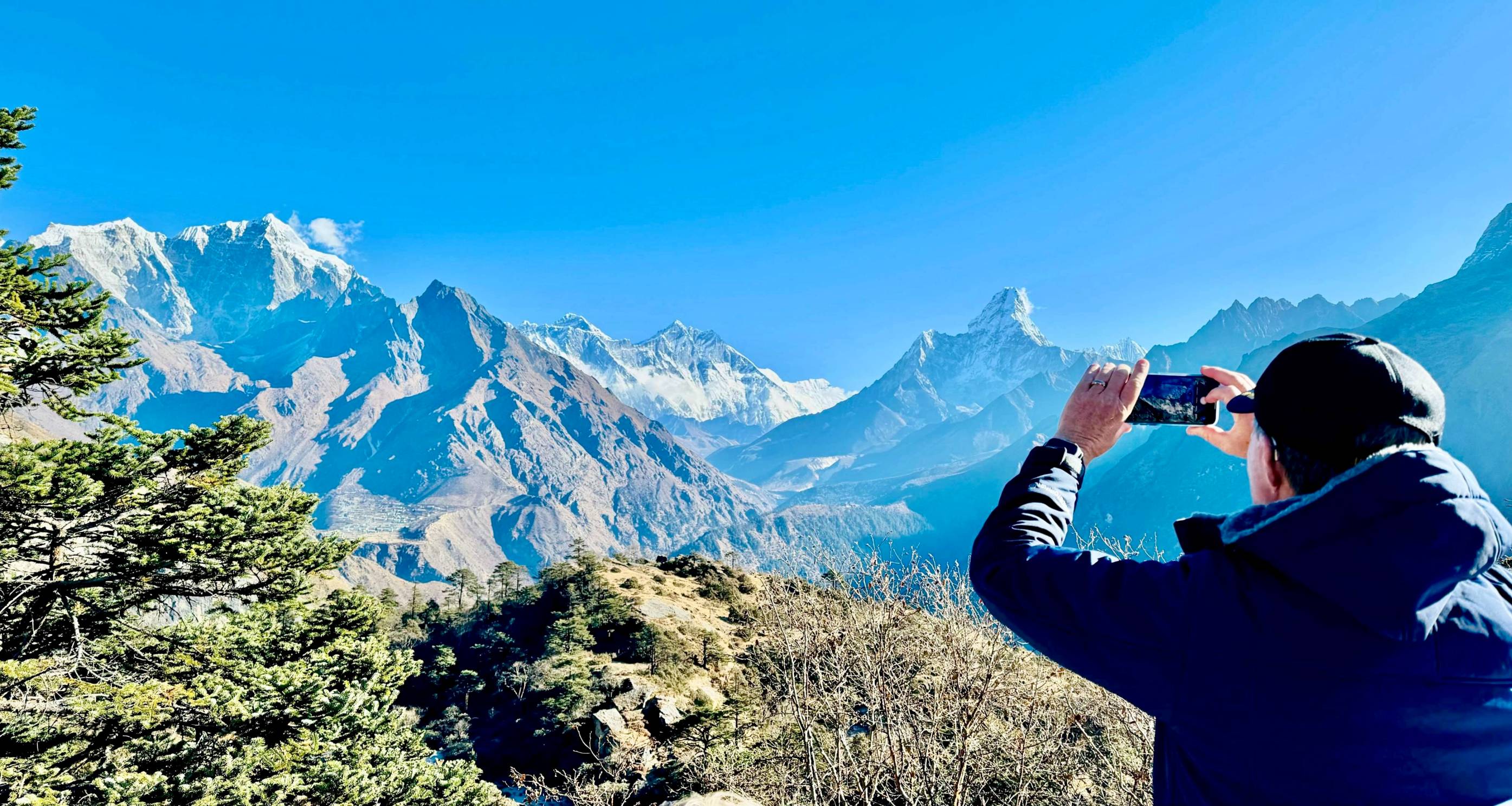
Best Photo Opportunities Along the Trek
The Everest Base Camp trek offers some of the most dramatic mountain scenery on earth, with numerous iconic locations worth documenting. We recommend these essential viewpoints:
- Namche Bazaar: This bustling mountain town provides stunning panoramic views, especially from the nearby viewpoint where Everest makes its first appearance.
- Tengboche Monastery: The combination of spiritual architecture against the backdrop of Ama Dablam creates one of the trek's most photogenic scenes.
- Dingboche: The sweeping valley views and terraced fields offer a different perspective of the Himalayan landscape.
- Gorakshep: The final settlement before Base Camp, offering unique perspectives of the Khumbu Glacier and surrounding peaks.
The transformative nature of this trek means every bend in the trail potentially reveals a breathtaking new vista worthy of your camera's attention.
Camera Gear Recommendations for Challenging Conditions
The rugged terrain and variable weather conditions of the Everest region demand thoughtful equipment choices:
- Camera Body: Both DSLR and mirrorless cameras work well, but prioritize weather resistance and versatility.
- Essential Lenses: A wide-angle lens (for landscapes), a standard zoom (for versatility), and potentially a telephoto lens for distant peaks.
Critical Accessories:
- Lightweight tripod for stability in low light
- Extra batteries (cold conditions drain them quickly)
- Weather-resistant camera bag
- Lens cleaning supplies (dust is common)
Remember that at high altitudes, every ounce matters, so balance comprehensive gear with practical weight considerations.
Capturing the Magic: Tips from Professional Mountain Photographers
Professional mountain photographers recommend these techniques for the Everest region:
- Master the Light: The Himalayan light is extraordinary but challenging. The golden hours (early morning and late afternoon) provide warm, dramatic lighting, while midday can bring harsh contrasts.
- Composition Techniques: Use natural framing elements like prayer flags, monastery doorways, or trekking poles to add depth and perspective to your mountain shots.
- Breathing Technique: At high altitudes, practice steady breathing to minimize camera shake when shooting handheld.
- Local Culture: Respectfully engage with the Sherpa community before taking portraits—their faces tell the story of the mountains.
The unique high-altitude environment affects exposure settings, so we recommend practicing with manual settings to manage the intense light conditions effectively.
Creating Lasting Memories Beyond Photography
While photographs capture visual memories, creating a comprehensive record of your journey involves more:
- Journal Your Experience: Document your thoughts, feelings, and the small moments between the grand vistas.
- Collect Meaningful Mementos: Perhaps a prayer flag or locally crafted item (purchased ethically). Embrace the Present: Sometimes the most powerful memories come from putting the camera down and fully experiencing a moment.
- Share Your Journey: Consider creating an online portfolio or travel blog that tells the narrative of your trek, inspiring others to experience this remarkable adventure.
The Everest Base Camp trek isn't just a physical journey but a creative one that will transform how you see both the natural world and photography itself.
With these photographic memories safely stored, you'll want to ensure your body recovers properly from the challenging trek. In our next section on Post-Trek Relaxation and Recovery, we'll explore how to rejuvenate both body and mind after this incredible achievement.
Post-Trek Relaxation and Recovery
Now that we've captured the breathtaking moments and photographic memories of your Everest Base Camp journey, it's time to focus on how you can properly unwind and rejuvenate after this remarkable achievement. Our trek combines adventure with comfort, and this philosophy extends to your post-trek experience as well.
Luxury Spa and Wellness Options in Kathmandu
After returning to Kathmandu via our convenient helicopter transfer from Gorekshep, we've arranged for you to stay at the prestigious Marriott Hotel. Here, you can indulge in premium spa services designed specifically to soothe tired muscles and rejuvenate your body after the challenging trek.
Our post-trek wellness packages include:
- Professional massage therapy focusing on legs and back
- Traditional Nepalese healing treatments
- Access to steam rooms and hot tubs to ease muscle tension
- Meditation sessions to reflect on your accomplishment
These luxury wellness options are the perfect counterbalance to the physical demands of the trek, allowing you to process your achievement while pampering your body.
Extending Your Nepal Adventure: Complementary Destinations
While the Everest Base Camp trek is an unforgettable experience, Nepal offers numerous other attractions that complement your Himalayan adventure. We can arrange extensions to your journey, including:
- Cultural tours of Kathmandu Valley's UNESCO World Heritage sites
- Short treks in lower elevation regions for those still yearning for mountain views
- Visits to vibrant Sherpa towns and monasteries, you may have glimpsed during your trek
- Exploration of other scenic regions that offer different perspectives of Nepal's diverse landscape
These extensions are carefully designed to enhance your understanding of Nepal's rich cultural heritage while providing a gentler pace after your high-altitude adventure.
Celebrating Your Achievement: Special Experiences Arranged by Luxury Holidays Nepal
Reaching Everest Base Camp at 5,500 meters is a significant accomplishment that deserves celebration. We arrange special commemorative experiences, including:
- Private celebration dinners with your trekking team and guides (like Babu and Keshab, who shared their knowledge throughout your journey)
- Certificate presentation ceremonies document your achievement
- Photo montage creation from your trek highlights
- Optional helicopter sightseeing tours for a final aerial view of Everest and the surrounding peaks
Our team understands the emotional significance of completing this trek and ensures your achievement is honored appropriately. Many of our clients form lasting bonds with their guides and fellow trekkers, and these celebration events provide the perfect opportunity to solidify these connections while reflecting on your shared experience in the world's highest mountains.
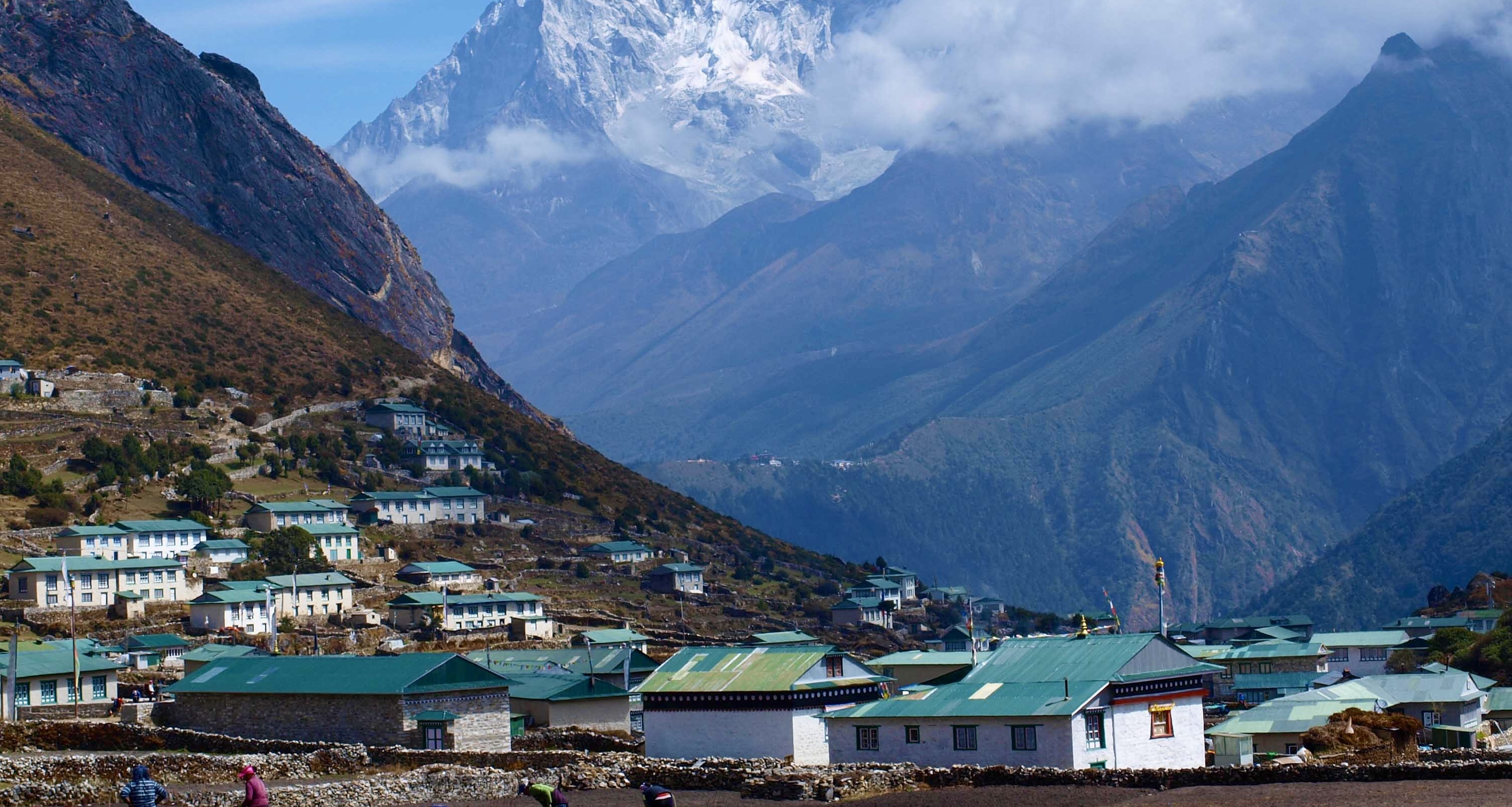
The all-inclusive nature of our package ensures these post-trek experiences maintain the same high standards as your trek, creating a seamless transition from adventure to relaxation.
Conclusion
The Everest Base Camp Trek stands as one of life's most transformative journeys, offering far more than just stunning mountain views. Throughout this guide, we've walked you through comprehensive preparation steps, detailed day-by-day itineraries, cultural insights, health considerations, luxury options, and photography tips to ensure your expedition becomes a cherished memory. At Luxury Holidays Nepal, we believe that proper planning eliminates unnecessary challenges, allowing you to fully immerse yourself in this remarkable adventure.
We invite you to take this knowledge and embark on your own Everest journey. Remember that while reaching Base Camp is a significant achievement, the true essence of this trek lies in the experiences along the way—the warm smiles of local Sherpa people, the tranquility of ancient monasteries, and those breathtaking moments when the world's highest peaks emerge through the clouds. Your Everest story awaits, and we're here to help you write it with comfort, safety, and unforgettable moments that will resonate for years to come. Pack your essentials, prepare your spirit for adventure, and let the Himalayas transform you.
If you need any further information, please contact us by email: [email protected], Phone: +977- 985 100 5129 (WhatsApp).

